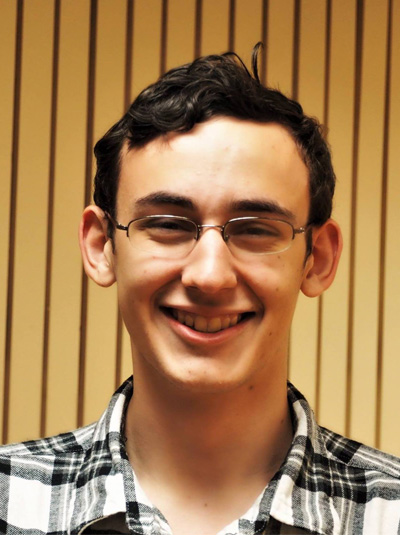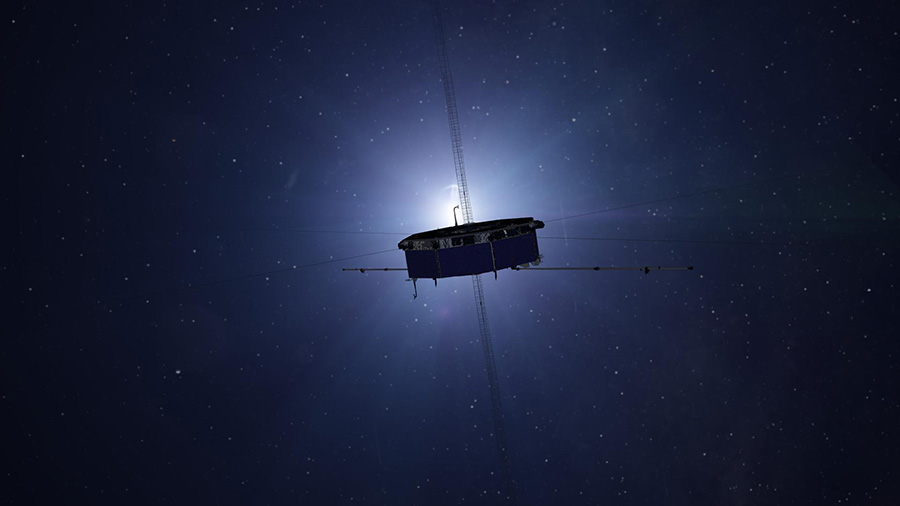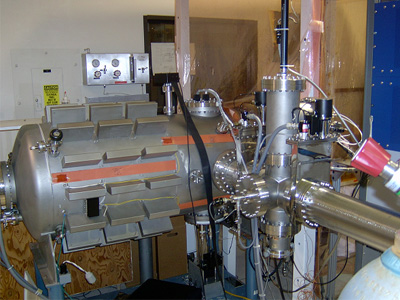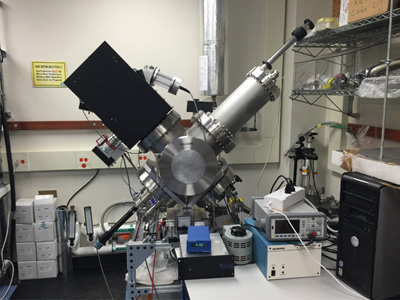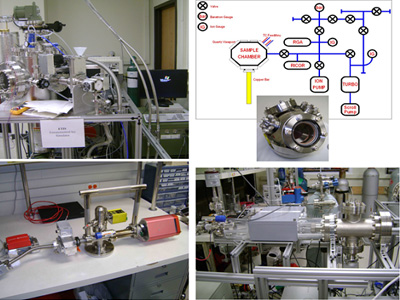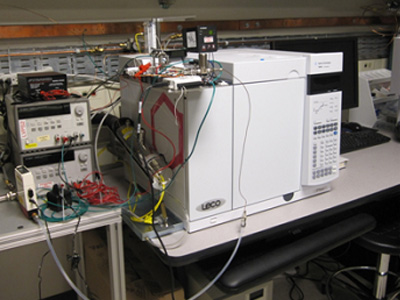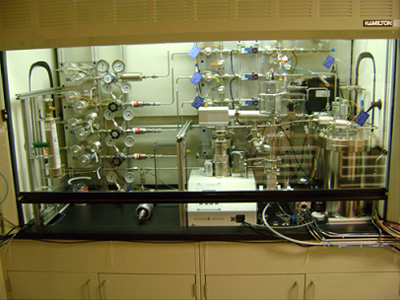Ben Teolis
Jessica Armstrong2023-05-25T20:19:03+00:00Education: Ph.D., Engineering Physics, University of Virginia, 2007 B.S., Applied Physics, Stevens Institute of Technology, 2000 Research Interest: Planetary Atmospheres and Magnetospheres Surfaces and Exospheres at Solar System Icy Satellites Spaceflight Instrumentation Laboratory Surface Science, Optics and Astrophysics Europa Clipper mission MASPEXCo-Investigator & Cassini mission planetary scientist Current students: Joanna Wedemeyer




